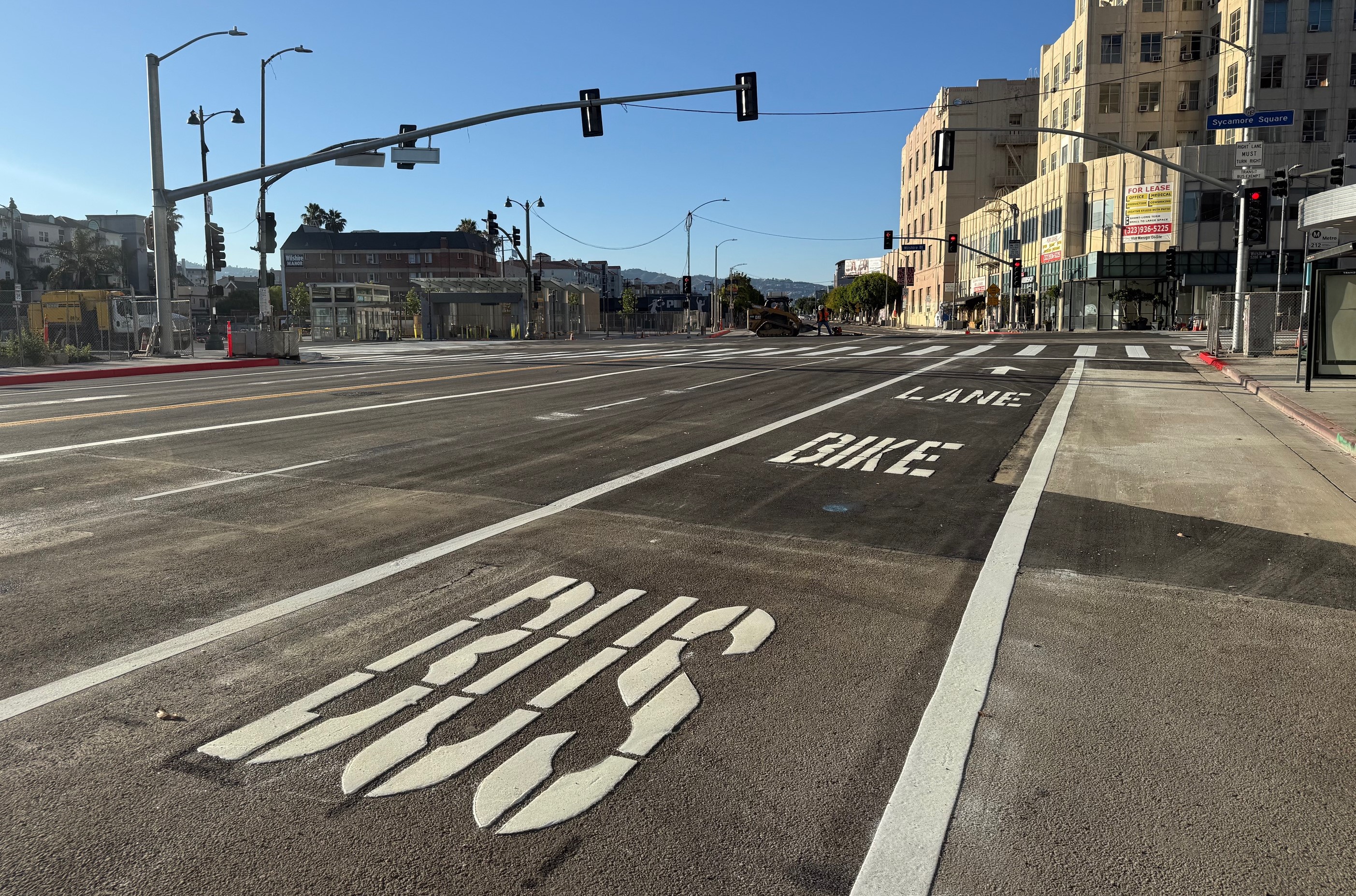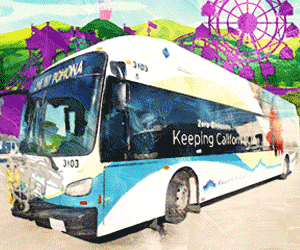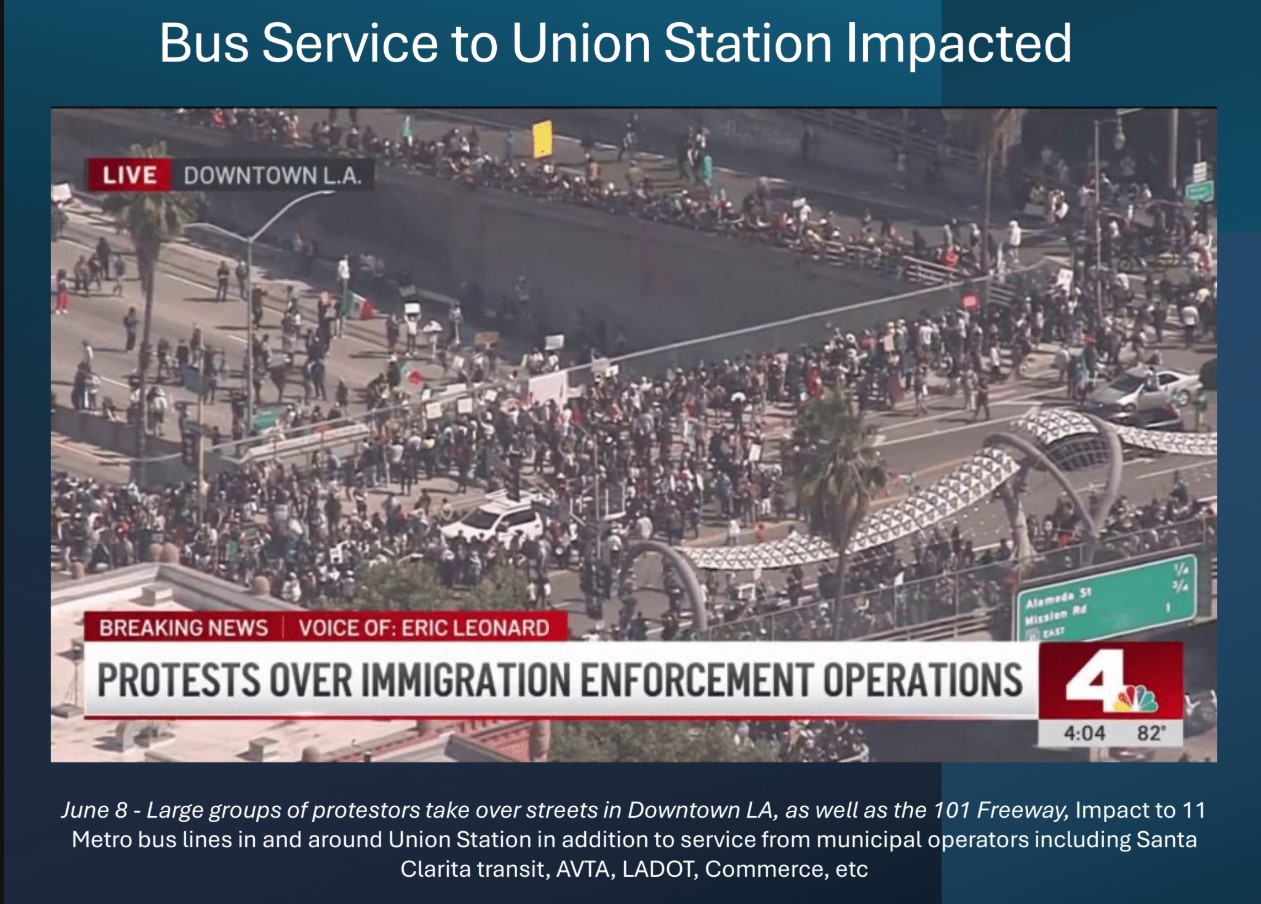A series of hearings in Sacramento have been revisiting California's Global Warming Solutions Act, Assembly Bill (A.B.) 32, which calls for a statewide reduction in greenhouse gas emissions (GHGs) to 1990 levels by 2020. Two recent hearings have opened discussions of Governor Jerry Brown's proposed spending plan for the revenue received so far from the state's cap-and-trade program, implemented as part of A.B. 32, and another recent Senate hearing discussed the program's impacts to date.
The auction of cap-and-trade credits is producing money for the state, which, under A.B. 32, must be spent on helping further reduce GHG emissions. Last month, Governor Brown released his cap-and-trade expenditure plan for 2014-2015, in which he proposed to spend $850 million in expected revenue from the auctions. Of that, $600 million would be used for transportation-related projects and programs, with the lion's share of that ($250 million) for high speed rail.
Other transportation categories include $50 million to Caltrans to expand and modernize existing rail; $200 million towards programs that encourage the use of zero-emission vehicles, including trucks, buses, and cars; and $100 million over the next two years to the Strategic Growth Council for Sustainable Communities programs, including plans that encourage compact and infill development near transit.
The governor's plan does not include any funds for bicycling, walking, or transit other than what would fall under the above categories, even though these transportation modes offer a huge potential savings in GHG emissions.
At a Senate Transportation Committee hearing Wednesday, a long line of public advocacy groups spoke up for reshuffling the cap and trade funds, mostly in the direction of the respective group's preferred emissions-reduction strategy (better transit, for example, or forest fire prevention given this dry year).
But only a few speakers questioned why so much money was being given to high speed rail. The Legislative Analyst's report questioned the GHG benefits of California's planned high speed rail, which would not have any effect on emissions until 2022 at the earliest, and would at best provide a modest contribution to GHG reductions.
"We need to fund GHG reductions in the near term," said Catherine Phillips of the Sierra Club. "It doesn't warrant spending 31 percent of the money on high speed rail. Many other programs will get you reductions sooner than will high speed rail."
A Senate hearing in February, and yesterday's Transportation Committee hearing, had the stated purpose of discussing the expenditure plan. At both hearings, however, much of the discussion centered on the way cap-and-trade works, which shows just how complex and difficult to understand the program is.
A.B. 32, passed in 2006, called for the state to meet its emissions reduction goals using regulation, incentives, and undefined "market mechanisms" to price emissions. The market mechanism that the state chose for regulating GHG emissions is cap and trade, which sets a cap on total emissions from all sectors, allocates a certain number of "GHG credits" to each emitter, and then auctions off the rest of the credits. This allows companies to buy or sell allowances according to their need to meet their emissions cap. The cap is supposed to decrease over time, enabling California to meet the 2020 GHG reduction goals.
The cap-and-trade expenditure plan will continue to wend its way through hearings, with the next full budget committee taking up individual pieces of it on April 10. It must be passed by the budget deadline on June 15.
Meanwhile, a joint hearing last week held by the Senate's Committee on Environmental Quality and the Select Committee on Climate Change discussed proposed adjustments to A.B. 32, which requires that its scoping plan to be updated every five years.
At that hearing, Mary Nichols, chair of the California Air Resources Board, testified that California is on track to meet the 2020 goals. But beyond 2020, “We must accelerate the pace of emission reductions needed to avoid the worst impacts of climate change," she said. "Emissions from 2020 to 2050 will have to decline several times faster than the current rate.”
That hearing also featured a lively debate over the economic effects of the cap-and-trade program between Dorothy Rothrock of the California Manufacturers and Technology Association and Professor Daniel Kammen of UC Berkeley's Energy and Resources Group. Rothrock claimed that the cap-and-trade program costs industry too much, and may drive business out of state, while Kammen countered that the program is a boon for business and job growth, and that "the clean tech sector outperformed the California economy by more than a factor of three."
Other potential changes to A.B. 32's scope include:
- A cap on fuel emissions is already set to start in January 2015, and the ARB is considering new rules on emissions from fuel shipping and storage, which have not been regulated, as well as “well stimulation” (fracking).
- Water is also under the scope of A.B. 32. “From the perspective of global climate change, the massive amounts of electricity that we are using to move water around the state makes it important to look at it in a holistic way,” said Nichols. “We have to come up with policies that will help guide investments into water conservation, and, frankly, to look at pricing as a tool to incentivize more efficient use of water.”
Comments on the A.B. 32 scoping update are due by April 28, 5 p.m. here.







